- California Assembly OKs highest minimum wage in nation
- S. Korea unveils first graphic cigarette warnings
- US joins with South Korea, Japan in bid to deter North Korea
- LPGA golfer Chun In-gee finally back in action
- S. Korea won’t be top seed in final World Cup qualification round
- US men’s soccer misses 2nd straight Olympics
- US back on track in qualifying with 4-0 win over Guatemala
- High-intensity workout injuries spawn cottage industry
- CDC expands range of Zika mosquitoes into parts of Northeast
- Who knew? ‘The Walking Dead’ is helping families connect
Various Small Fires leads Hollywood art scene renaissance
By Tae Hong
Four years ago, the first floor of art dealer Esther Kim Varet and husband Joseph’s Abbot Kinney residence saw a transformation into a public art gallery with a name borrowed from Ed Ruscha, Various Small Fires.
The living room, she used as a showroom; the kitchen, he was barred from using, as he was “making too much noise when there are people here.” The gallery didn’t take long to gain a reputation as a hotspot among locals.
Still, two years of Joseph’s confinement to his bedroom was enough. So was the growing limitation posed by the space, certainly as Varet acquired bigger projects with bigger ambitions.
Various Small Fires moved into its first permanent home, a 5,000-square-foot building in Hollywood drowned white and designed by her buddies at Johnston Marklee, in 2014.
The gallery’s since been designated one of the hippest, edgiest art spots in Los Angeles by streams of reviewers, with local publications like Los Angeles Magazine crowning it one of the city’s most notable new art spaces that are “shaking things up.”
“If it feels a little too commercial or pretty, I get a little scared by it,” Varet said. “I like things with a little bit of teeth in them.”
This is a city undergoing something of a re-emergence as a center of the art world, equipped with a growing capital of young art-type transplants from the East Coast, and what you’ve got is a gallery brimming with pre-trend pieces, oft-facilitated discussion and the vision birthed by Varet’s radar, which has helped place canvases by former who’s-thats into major museums worldwide.
Owning a consistently well-reviewed gallery in the large, saturated landscape that is Los Angeles chances little to luck. That’s what Varet believes, that VSF’s early success is a result of her earlier failures, that she’s learned most of all how not to run a gallery from years in the game.
It started in New York, where she worked as an art dealer under famed New York gallerists Paula Cooper and Frederich Petzel, and where she made her first major sale (at an art fair, where she handily doubled her father’s $5,000 investment, very much her first taste of success). It continued on Van Dam Street with March Gallery, an ill-fated Manhattan venture with friends which went awry but which taught her more about owning and maintaining a small art space better than any other gig could.
VSF is one of Hollywood’s many new galleries, a brick in a growing wall of proof that the city, long neglected by the art world in favor of New York’s reign, is once again ready to be relevant.
For Varet, the neighborhood made sense.
“The [Abbot Kinney] community really loved [VSF]. It’s like that carrot dangled in front of you — you want more,” Varet said. “It also felt like the right time to buy real estate in Hollywood. It’s so central, but it’s also been overlooked for so long. This doubled in my mind as a good investment and an opportunity to build it out in the way that I really wanted.”
Over the last two years, the gallery has been host to a slew of talent, from Anna Sew Hoy to the much-buzzed-about showing of the works of Mernet Larsen, a Florida painter in her 70s.
Larsen’s Los Angeles debut at VSF earlier this year garnered high praises from art lovers around the world, netting the gallery calls from interested people in China, Berlin and Italy.
“She’s the best example of an artist who I think deserves recognition, but it really wasn’t until somebody gave that recognition a chance to be seen that things happened,” Varet said. “I really want this space to serve that purpose, and to be a platform of discovery not only for myself but for a public.”
Varet, who completed an art history degree at Yale University before embarking on a Ph.D from Columbia University — a degree for which she is still working on a dissertation — spent her childhood in Dallas as the child of two South Korean immigrants.
“I grew up pretty conservatively. It was a very typical Korean family where dad does certain things and mom cooks,” Varet said.
Her father was a walking success story of the immigrant, a prolific entrepreneur who after arriving in Oklahoma from Korea as a near-penniless 25-year-old ended up running several businesses, among them a cleaning company that gave jobs to other Korean transplants not yet fluent in English.
Watching her self-employed father make contracts with airports and hotels to create a Korean immigrant labor force made a lasting impression on a young Varet and gave her an acute awareness of the local community. So did her father’s insistence on driving only Hyundai cars and eating only Korean food.
One of the earliest lessons she learned was the importance of the American Dream.
“Don’t forget,” he told her. “If you know how to speak English, you can do anything in this country.”
Varet would go on to work as an art consultant for South Korean companies looking to build corporate collections, going back and forth between the U.S. and Korea using her expertise on trends in New York.
When she arrived to the West Coast, just-married and ready to work on her Columbia dissertation — still in the works, she said — Venice felt like a natural fit, especially with its rich history as an artist community.
In the 1960s, the neighborhood emerged as a creative force in both literature and the arts, with residents like Tom Sewell, Chris Burden, Jean-Michel Basquiat and, of course, Ed Ruscha, whose 1964 book “Various Small Fires and Milk” became inspiration to Varet as she contemplated turning her home into a public space. Now she’s got ideas to open a VSF space in Seoul in the next few years.
“I love the idea of the visual of a gallery just being a small fire put here, put out; put here, put out,” she said. “That fire, then, is able to bleed into other areas or to change or affect other people that have come in touch with it. I made that idea into a gallery about Los Angeles.”
Varet’s now called the city home for four years. She points to Los Angeles as a place of opportunity for an art scene that’s quickly grown too saturated in New York.
“It’s the perfect city for an entrepreneur today. The art scene here has grown so quickly, it’s matured. Internationally, everyone is looking at Los Angeles right now,” she said.
Studio visits, meetings with artists and spotting pieces that will be relevant tomorrow are the funnest — and most pressing — parts of her job.
Varet never forgets she’s an art historian, a scholar. It’s a public service that galleries are free, she said.
For an August exhibit, “The Slick & The Sticky,” she invited a group of panelists — prominent and at-times controversial writers, curators and artists Andrea Fraser, Amelia, Jones, Vanessa Place, Hamza Walker — for a public discussion on art in the age of social media and involuntary archiving.
“I’m committed to the rigours of a conversation [in art], and providing it for an audience,” she said.
“Sure, I want to sell a painting. At the end of the day, there are two ways to be an art dealer. If I wanted to just sell paintings, I don’t have to have an exhibition platform,” she said. “I could just shoot JPEGs all day. I’m not interested in that — I think what [VSF] does is, it fills a certain kind of void. The artists I show are people you would never know about. What we’re very good at doing is bringing to light a part of the art world that hasn’t been seen before but that needs to be seen. The critics love us, curators love us. We’re filling a space where people are really curious and excited to see what we’re bringing next.”
-
VSF is located at 812 Highland Avenue. Visit the gallery at vsf.la and on Facebook. Its newest featurings, “Labor Day” by Joshua Nathanson, “You’re Fired!” by Josh Kline and “Over Easy” by Bjorn Copeland, will run through Oct. 24.








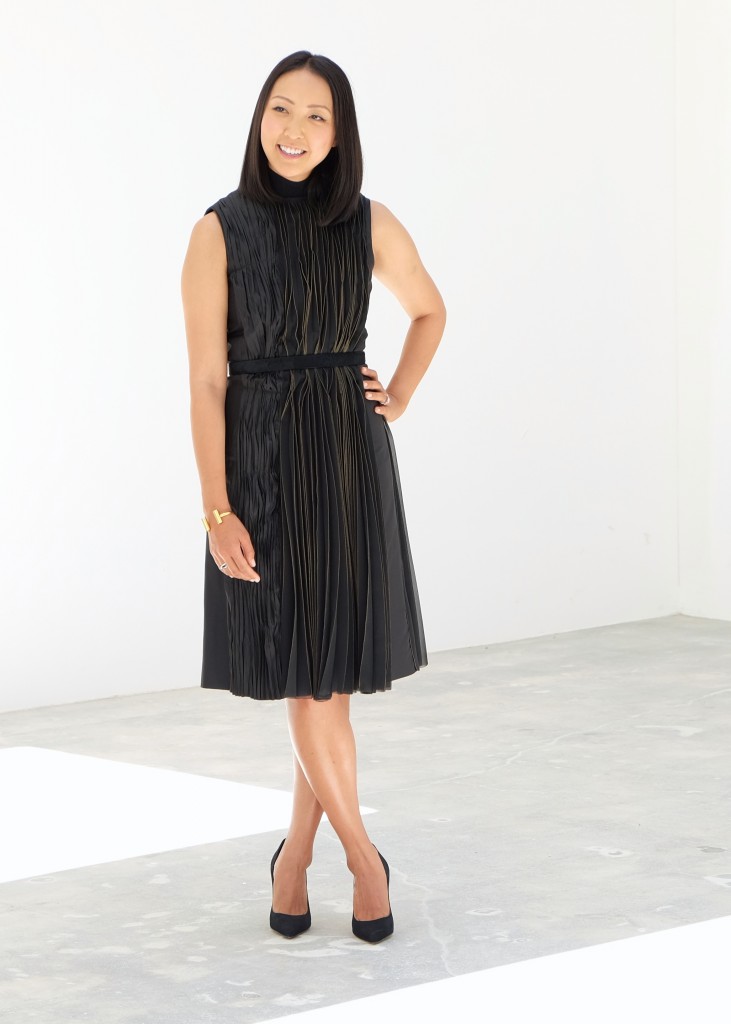
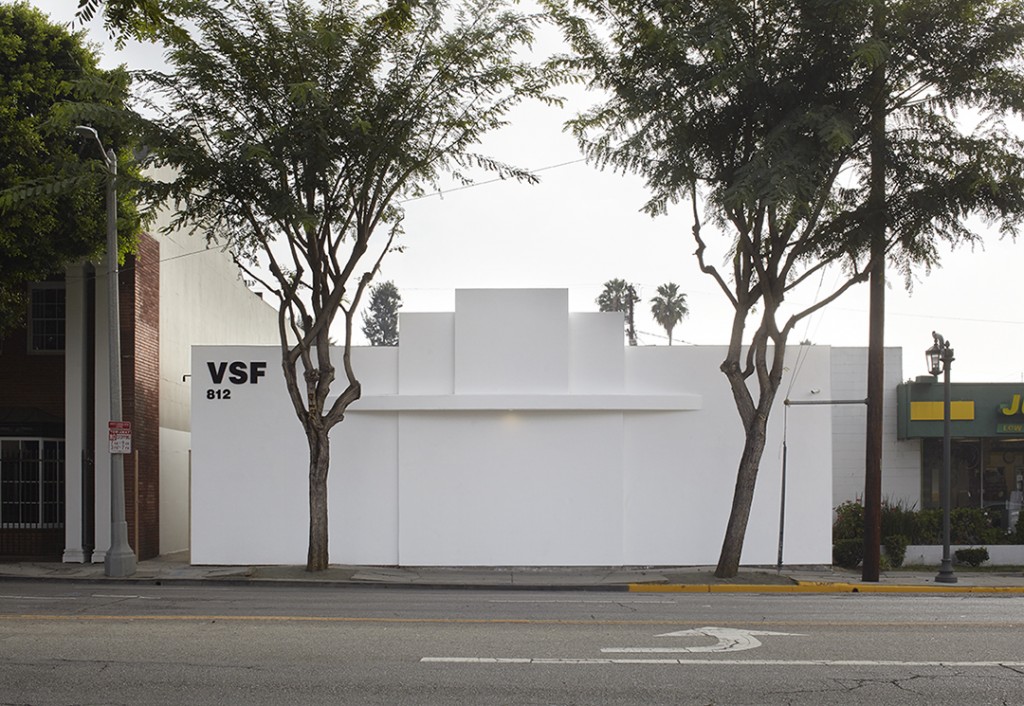





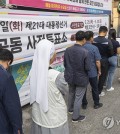
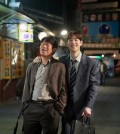
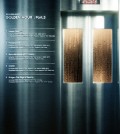

Pingback: Jean Basquiat Paintings | Clearance art supplies
Pingback: Art events total about $900000 | Music My Arts